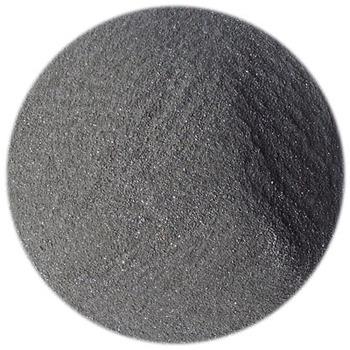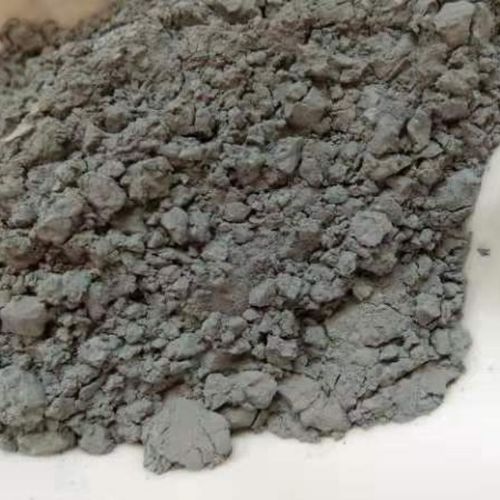**Boron to Carbon: A Tiny Leap, A Giant Journey**
(Moving From Boron To Carbon?)
Let’s talk about neighbors. Not the kind who borrow sugar, but elements that sit side by side on the periodic table. Boron (B) and carbon (C) are next-door buddies. Boron is number 5. Carbon is number 6. One digit apart. But this tiny gap hides a universe of difference.
Boron is rare. It’s quirky. Found in detergents, glass, and even rocket fuel, it’s a background player. It has just five protons. Its outer shell holds three electrons. It’s always itching to bond but never quite completes the set. Boron compounds are useful but fragile. They break easily under stress. Think of boron as the introvert at the party—present, but not the life of it.
Now meet carbon. Sixth on the list. Six protons. Four electrons in the outer shell. This setup is magic. Carbon bonds like a pro. It links with itself, forming chains, rings, sheets. It’s the backbone of life. DNA, proteins, fats—carbon’s fingerprints are everywhere. It’s in diamonds and pencil lead. It’s versatile. Reliable. The ultimate team player.
Jumping from boron to carbon isn’t just adding a proton. It’s a revolution. Boron’s three valence electrons limit its bonds. Carbon’s four electrons open infinite doors. Carbon can share electrons with four partners. It creates strong, flexible structures. Boron can’t do that. One proton changes everything.
Think about materials. Boron nitride is tough but brittle. Carbon gives us graphene—thin, strong, conducts electricity. Boron carbide armor stops bullets but shatters. Carbon fiber bends without breaking. Both elements are strong. But carbon’s bonds adapt. They flex. They endure.
Life itself leans on carbon. No known life form uses boron as a building block. Why? Boron’s chemistry is too rigid. Carbon’s bonds allow complexity. Proteins fold. DNA twists. Cells communicate. Carbon’s versatility makes biology possible. Boron is a tool. Carbon is a language.
Look at everyday stuff. Plastic. Gasoline. Wood. All carbon-based. Boron? It’s in specialty ceramics or fiberglass. Useful, but niche. Carbon is everywhere. It’s in you. In the air. In stars. It’s the element of connection.
Here’s the kicker: both elements exist because of stars. Boron forms in cosmic collisions. Carbon cooks in stellar cores. They’re born from different processes. Yet they end up neighbors. The universe packed them together, like two siblings with wildly different talents.
Science loves this stuff. Researchers tweak materials by swapping elements. Replace boron with carbon? Watch properties transform. Batteries last longer. Solar cells get efficient. Medicine becomes targeted. It’s not just chemistry. It’s innovation.
(Moving From Boron To Carbon?)
People forget how small changes create big impacts. Boron to carbon seems minor. But that single proton reshapes reality. It’s a reminder: tiny shifts can redefine possibilities. The periodic table isn’t just a chart. It’s a story of how little differences build the world.
Inquiry us
if you want to want to know more, please feel free to contact us. (nanotrun@yahoo.com)




